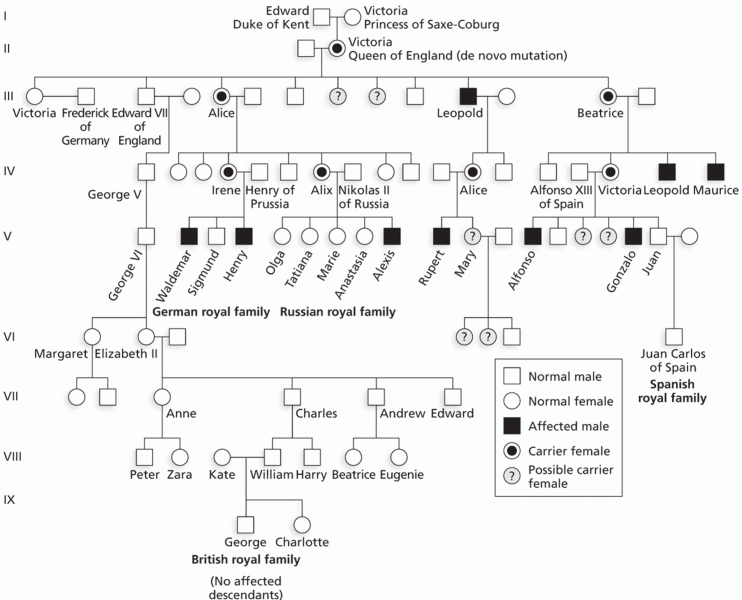Answer to Question 1
Answer: Although Americans have become increasingly favorable toward cohabitation, with more than 60 percent expressing approval, their attitudes are not as positive as those of Western Europeans. In the Netherlands, Norway, and Sweden, cohabitation is thoroughly integrated into society. Cohabiters have many of the same legal rights and responsibilities as married couples and express nearly the same level of commitment to each other. Whereas about 60 percent of American cohabiting unions break up within three years, only 6 to 16 percent dissolve in Western Europe. When they decide to marry, Dutch, Norwegian, and Swedish cohabiters more often do so to legalize their relationships, especially for the sake of children. American cohabiters typically marry to confirm their love and commitmentsentiment s that Western Europeans attach to cohabitation.
Answer to Question 2
Answer: Currently in the United States, the average woman working full-time earns just 83 percent as much as the average man. In college, women more often major in education and social service fields, men in high-paying scientific and technical fieldschoices influenced by gender-stereotyped messages. And unlike the continuous career lives of most well-educated men, many women enter and exit the labor market several times, or reduce their work hours from full-time to part-time as they give birth to and rear children. Time away from a career greatly hinders advancementa major reason that women in prestigious, male-dominated careers tend to delay or avoid childbearing. Accomplished professional women who leave their jobs to devote themselves full-time to child rearing often cite the reason as a high-pressured, inflexible work environment that offers no leeway for workfamily balance. When these women eventually return to the labor force, they often reorient, entering female-dominated occupations in the social services sector that are lower paid. In addition, low self-efficacy with respect to male-dominated fields limits womens career progress. Women who pursue nontraditional careers usually have masculine traitshigh achievement orientation, self-reliance, and belief that their efforts will result in success. But even those with high self-efficacy are less certain than their male counterparts that they can overcome barriers to career success. In traditionally masculine fields, newly hired women whose training is equivalent to that of newly hired men are nevertheless paid less. Also, these women may have difficulty finding supportive mentors. Gender-stereotyped images of women as followers rather than leaders slow advancement into top-level management positions. And, once women are in those positions, they are evaluated more harshly than men. This is especially so when women display stereotypically masculine behaviors, such as an assertive leadership style.







